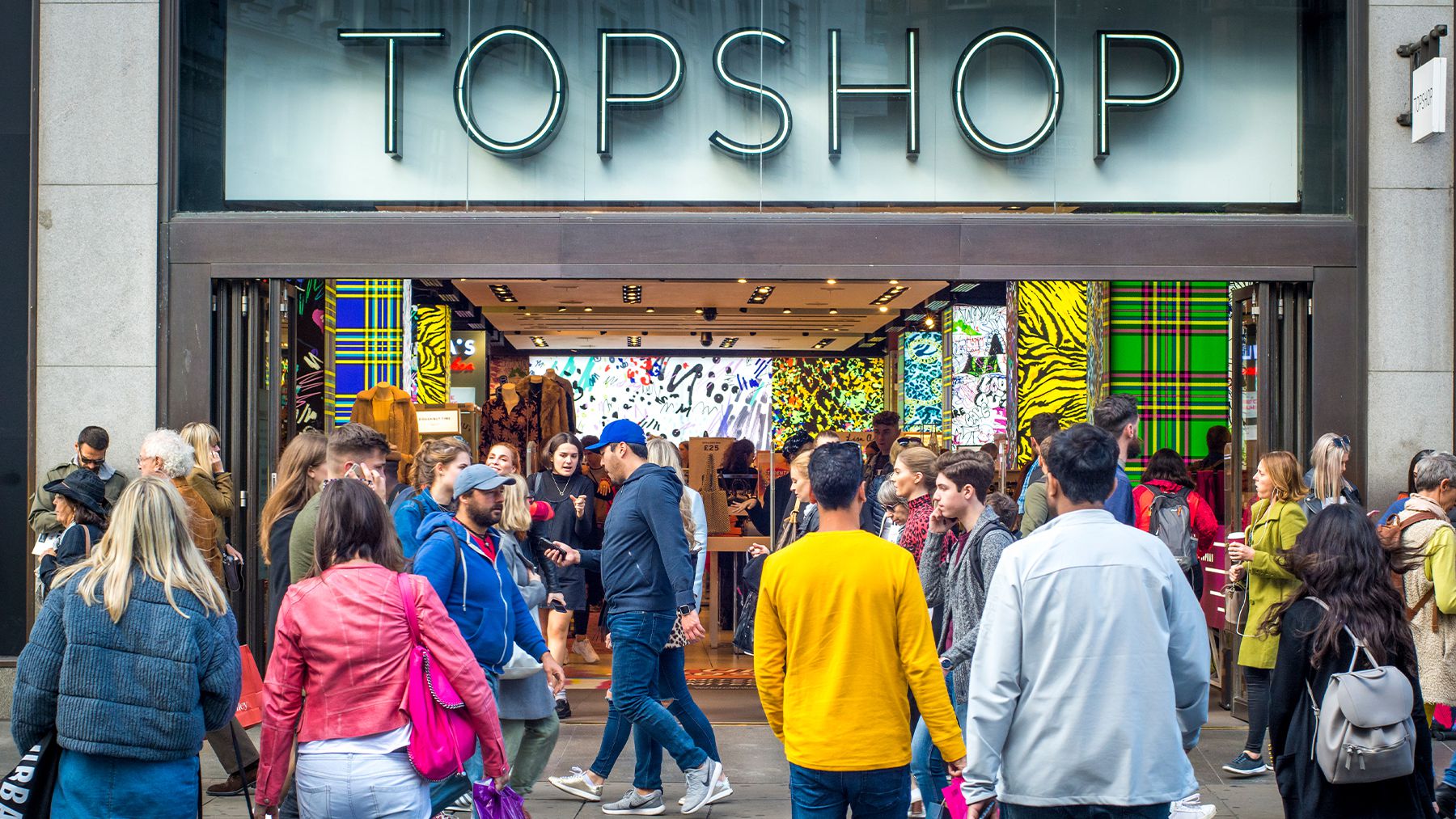
In yet another blow to the UK’s once-thriving fast-fashion sector, Asos reported earlier this week that its annual sales fell 10 percent year-on-year, while losses widened nearly tenfold: from £32 million ($39 million) to £297 million ($362 million).
Asos also said things will get worse before they get better, forecasting a further five to 10 percent sales decline in the coming year. Its stock price is down over 30 percent year-to-date and is trading close to a 14-year low.
Asos’ predicament is a symptom of the wider challenges beleaguering the UK’s digital fast-fashion market, which also includes Boohoo Group and Missguided, among others. A few years ago these brands looked ready to challenge category leaders H&M and Zara. But the meteoric rise of hyper-fast fashion giant Shein, a cost of living crisis in their home market, a return to in-person shopping, and competition on the High Street have all played a role in the decline of these retailers.
They’ve made their own mistakes along the way as well. A core objective of Asos’ turnaround plan under chief executive José Antonio Ramos Calamonte is to clear its £1 billion-worth of excess stock, purchased in response to explosive post-pandemic demand that has since subsided.
These companies are also selling off assets to raise cash, including brands acquired when they were flying high.
On Monday, Frasers Group announced the sale of its Missguided brand to Chinese giant Shein, just over a year after Frasers’ initial acquisition of Missguided for £20 million while it was in administration. Asos is also reportedly exploring the sale of Topshop — a onetime stalwart of the British high street whose central London flagship was a mecca for fashion-forward teenage millennials.
The dealmaking is unlikely to end there, as the pressure on struggling fast-fashion retailers is only intensifying.
“When the wave of digital-first fast fashion brands first disrupted the market, there was far less competition,” said Jacqueline Wilson, head of retail at PwC UK. “But now they’re up against younger, more agile fast fashion companies; you have DTC brands opening stores; and you have newer business models like rental and resale, all of them competing for a consumer wallet that is growing at best by mid-single digits.”
Why are fast fashion companies selling off brands?
Struggling retailers like Asos and Boohoo Group, which also owns PrettyLittleThing and Dorothy Perkins, are facing investor pressure to narrow losses and return to profitable growth. The easiest way to attain that goal is to sell underperforming assets for cash — even if they were only recently acquired.
“Looking at the sector-wide sell-off, where companies are struggling as the mothership, they’re simply looking to divest non-core assets,” Wilson said.
While Asos’ Calamonte has not confirmed plans to offload Topshop, he cited “near term cash generation” as a priority as the company hopes to return to profitability.
Cash from a potential deal would also help Asos to ease its rising debts, which totals £648.5 million, up from £533 million a year before.
Frasers Group is in the fast-fashion market as a buyer and a seller. The retail company owned by Mike Ashley recently boosted its stakes in Asos and Boohoo, only to turn around and sell Missguided to their biggest competitor, Shein. This move, according to analysts, may reflect a short-term strategy to focus on its core fast fashion brands by cutting off a more peripheral asset.
Frasers Group, which owns over a dozen other retail names, from Frasers department stores to designer multi-brand retailer Flannels, is benefitting from its diverse portfolio, with revenue and gross profit rising double digits in its most recent fiscal year.
Are any players thriving in the market?
When Shein emerged in the pandemic, it made obsolete, seemingly overnight, the business models, product offerings and go-to-market strategies of many of the UK’s once market-leading fast fashion businesses. Today, it remains a dominant player in the space and will likely increase its share in the market with Missguided under its umbrella.
Fast-fashion retailers with a brick-and-mortar presence are also performing better than their digital-only peers. Next, with around 500 UK stores, raised its profit guidance earlier this week for the fourth time in recent months. The company acquired British multichannel retailer Fatface and its network of 180 stores, for £115 million ($140 million) last month. It also upped its stake in high street retailer Reiss from 51 percent to 72 percent, paying £128 million ($156 million) for the additional shares.
What’s ahead?
The UK’s remaining online fast-fashion retailers still have some life in them. Asos reported sales in its financial year ending Sept. 3 totalling £3.5 billion ($4.3 billion). But they lack their old freshness and excitement, as now exemplified by Shein’s exceptional speed-to-market and agility in chasing trends.
“Where older retailers have fallen short is in their focus on pushing volume, while failing to invest in [branding] to build community and brand equity among consumers,” said Wilson.
Not every brand can offer shoppers every single microtrend that’s viral on TikTok, like Shein. But instead of having something for everyone, the likes of Asos and Boohoo can focus on curation and meeting its shoppers where they are, which could look like in-person pop-ups or activations, Wilson added.
“You need to have a really tight edit with continual newness because it gives people a reason to buy again and again,” she said. “It’s not only stores, or only online, it’s about finding the right balance.”


